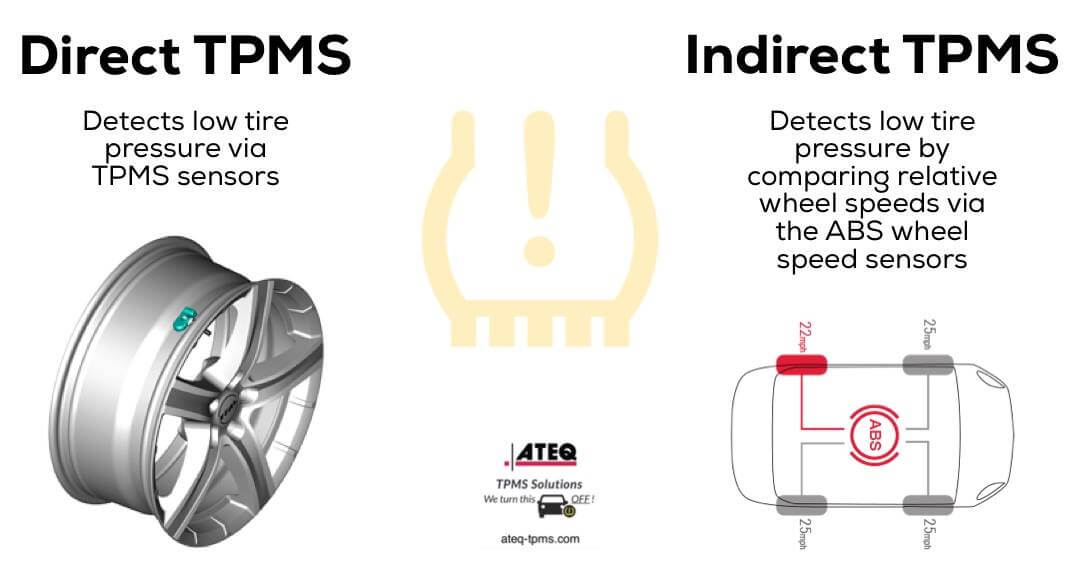A tire pressure monitoring system is an essential electronic system that basically measures the air pressure of the tires. The sensor takes the readings then transmits the information to the computer system of the car which triggers the indicator light on the dashboard. It will inform you if any of the tire’s air pressure has dropped up to 25% below the recommended tire pressure. Below are the major types of tire pressure monitoring system that you can find in the markets nowadays.
-
Tire pressure monitoring system tools
If your vehicle doesn’t have a working tire pressure monitoring system, then you need the best TPMS tool to perform various functions to your tire pressure sensors, such as reading, activation, resetting, and programming. A TPMS programming tool is nothing else but a tool featuring an electronic system that’s used to reprogram or recalibrate an OEM or aftermarket car TPMS sensors.
-
Direct tire pressure monitoring system
This type of pressure monitoring system is designed to measure the exact pressure in each tire because their individual sensors are fixed directly in the valves of the tires. Most of them indicate the precise tire pressure and overall temperature to alert you when the engine is over-heating.
The sensors are battery-driven and they transfer the pressure values to the control unit which displays the information on the onboard computer. They are very reliable because they show the values when the car is in motion and when it is parked.
Most of the systems are designed with the sensors mounted on the inside the rim and the batteries cannot be changed unless you replace the tire. Therefore, they are designed in such a way that they don’t display the pressure value when the vehicle is parked to preserve the battery life.
However, advanced direct tire pressure monitoring systems display the values when the car is moving and when it is parked. They also feature some advanced options like using a remote control and data logging among others. They can also monitor up to 64 tires at once hence suitable for commercial vehicles.
Their major advantage is that they do not require be programming or resetting while their downside is that they are exposed to extreme weather conditions, theft, and their life is limited to the battery life.
Constantly monitoring the pressure of your recreational vehicle or motorhome tires ensures that you don’t fall into a low tire pressure emergency in the middle of nowhere. See the best RV tire pressure monitoring system if you are a fan of living on the trail.
-
Indirect tire pressure monitoring system
An indirect TPMS on the other hand, does not use physical sensors to measure the tires’ pressure. They use a software-based system which evaluates and combines existing sensors signals like accelerometers, driveline data and wheel speeds to monitor and estimate the pressure.
Indirect tire pressure monitoring systems are based on the principle that under-inflated tires generally have a smaller diameter than an inflated one hence they have an angular velocity.
Advanced indirect tire pressure monitoring systems can also detect under-inflation using a spectrum analysis of the individual tires using signal processing techniques in the software.
However, they do not display the absolute pressure value hence they require to be reset by the driver after the pressure is adjusted to the recommended level. It can either be done manually via a button or a menu on the computer.
This type of system is considered the easiest to use among the two because it does not involve any additional hardware or electronic waste. Their downside is that they are regarded to be less accurate unlike the direct systems. Any slight temperature variations can also lead to pressure variation of the same magnitude as the principle used to detect the tire pressure.
